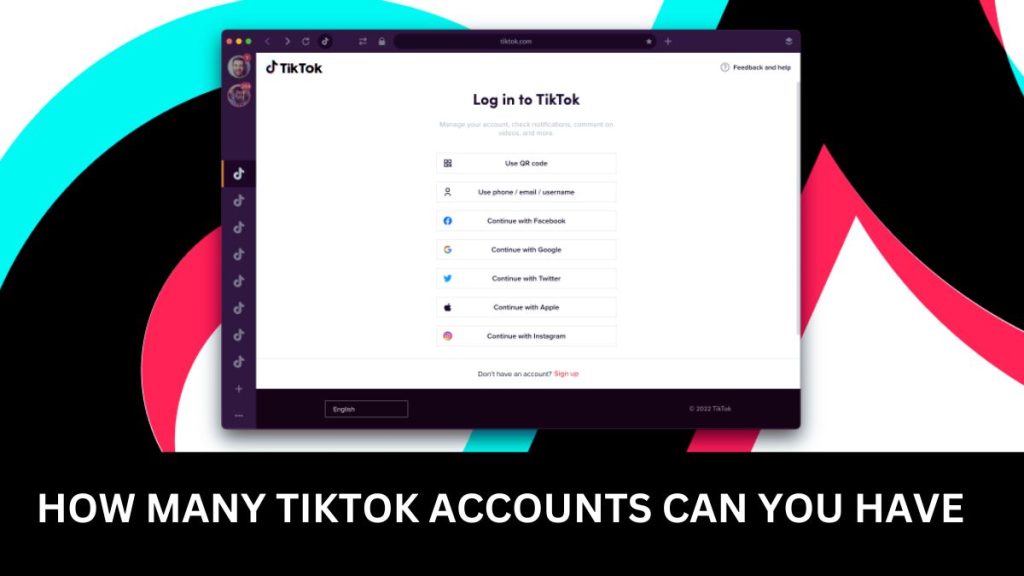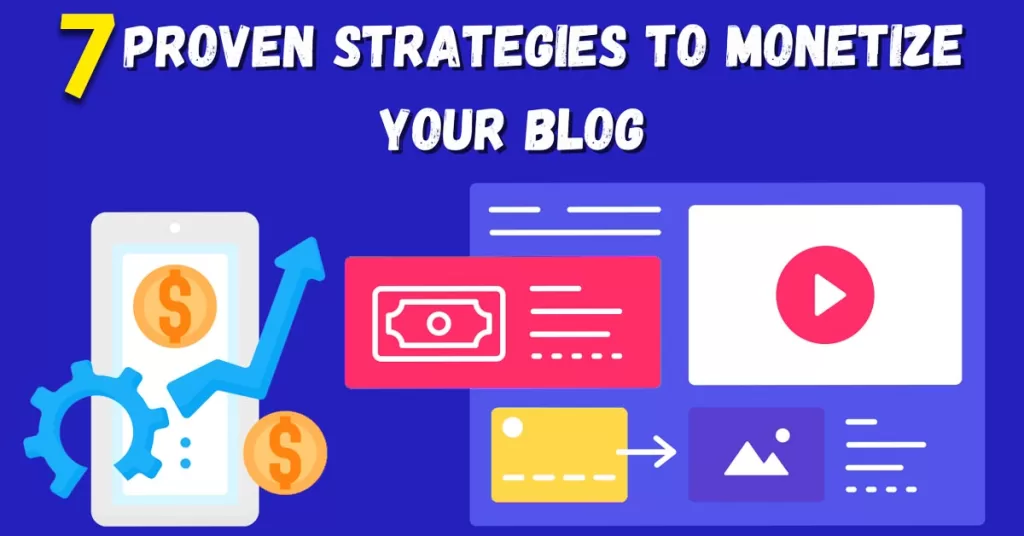Payment gateways are like the secure cashiers of your online store, making sure customers can easily pay for your products or services when they visit your professional WordPress website.
In today’s digital age, online transactions have become an integral part of our daily lives. Whether you’re shopping online, paying for services, or running an e-commerce business, you’ve likely encountered the term “payment gateway.” But what exactly is a payment gateway, and how does it work? In this comprehensive guide, we’ll break down the intricacies of payment gateways in a way that’s easy to grasp for everyone.
What is a Payment Gateway?
Payment Gateway Defined: A payment gateway is like the virtual cashier of the online world. It’s the technology that ensures your online transactions, whether you’re buying a new gadget or booking a flight, happen securely and seamlessly. Just as you hand over your credit card to a cashier in a physical store, a payment gateway facilitates the transfer of funds between you and the online merchant.
How Payment Gateways Work
Step 1: Making a Purchase
Imagine you’re shopping online. You’ve added items to your cart, and it’s time to check out. You click the “Buy Now” button, and this is where the magic begins.
Your web browser encrypts your payment information to safeguard it during transmission. This encryption ensures that only you and your bank can access this data, reducing the risk of fraud.
Step 2: Verification
The payment gateway now steps in to verify your card details and check if you have enough funds to complete the purchase. If all is well, the payment gateway proceeds. It also employs anti-fraud tools to prevent any suspicious activities.
Step 3: Initiating the Transaction
The payment gateway sends a request to your bank to initiate the transaction. Your bank transfers the funds to the merchant’s bank, and the payment gateway plays a pivotal role in this process.
Step 4: Transaction Status
You receive a notification about the status of your transaction. Most of the time, payments are processed in real-time, ensuring a seamless shopping experience.
White Label Payment Gateways
White label payment gateways offer an exciting twist to the payment gateway landscape. They allow payment service providers, e-commerce platforms, and banks to fully brand the payment gateway’s technology as their own. This means you can enjoy the benefits of a payment gateway without bearing the cost and responsibility of developing your own.
Famous Payment Gateways Globally Used:
Here’s a list of ten of the most famous and widely used payment gateways as of my last update in January 2022. Keep in mind that the popularity and availability of these gateways can vary based on region and specific market needs.
- PayPal: One of the most recognized and used payment gateways globally, known for its ease of use and widespread acceptance.
- Stripe: Highly popular for its developer-friendly API and seamless integration with various e-commerce platforms.
- Square: Known for its point-of-sale (POS) and online payment solutions, Square is popular among small businesses.
- Authorize.Net: A well-established gateway offering a range of payment services, including fraud protection and simple checkout options.
- Adyen: A global payment company offering businesses an end-to-end infrastructure delivering frictionless payments anywhere in the world.
- Amazon Pay: This gateway allows Amazon users to pay for goods and services on third-party sites using the payment methods stored in their Amazon accounts.
- Braintree: A PayPal service, Braintree provides businesses with the ability to accept payments online or within a mobile application.
- Shopify Payments: Integrated within the Shopify platform, it allows for a seamless checkout process for e-commerce sites built on Shopify.
- Worldpay: One of the global leaders in payment processing technology, offering solutions for a wide range of merchant services.
- Google Pay: While primarily a digital wallet, Google Pay also functions as a payment gateway for online merchants, allowing for fast and secure transactions.
Each of these payment gateways has its unique features, fee structures, and integration capabilities. Businesses typically choose a payment gateway based on factors like transaction fees, ease of integration, customer preference, and the specific needs of their business model. It’s always a good idea to conduct current market research as new payment solutions continue to emerge and existing ones evolve.
How to Integrate with a Payment Gateway
Integrating a payment gateway into a website is a crucial step for businesses that want to handle online transactions securely and efficiently. Here’s a general guide on how to do it:
1. Choose a Payment Gateway
- Research Options: Look for gateways like PayPal, Stripe, Square, or Authorize.net. Consider factors like transaction fees, security features, ease of integration, and support for the currencies and regions you target.
- Compliance: Ensure the gateway is compliant with standards like PCI DSS to handle credit card information securely.
2. Create an Account with the Gateway
- Sign up for an account with your chosen payment gateway. This may involve providing business details and bank account information.
3. Integration Options
- API Integration: For a fully customized solution, use the gateway’s API. This requires programming skills but offers the most flexibility.
- Plugins or Extensions: If you’re using a CMS like WordPress, Shopify, or Magento, look for plugins or extensions that easily integrate the payment gateway.
- Hosted Payment Gateways: These redirect your customers to the payment processor’s platform to complete the transaction, then redirect them back to your site.
4. Set Up the Payment Gateway
- API/SDK (Software Development Kit): If using an API, download the SDK for your web platform (e.g., PHP, .NET, Java) and follow the documentation to integrate it.
- Configuration: Configure the payment gateway settings in your website’s backend. This includes setting up payment methods, transaction types, and security settings.
5. Security Measures
- SSL Certificate: Ensure your website has an SSL certificate for secure data transmission.
- Data Encryption: Implement encryption for sensitive data.
- Compliance: Regularly update your systems to comply with security standards.
6. Testing
- Sandbox Environment: Use the gateway’s sandbox or test environment to simulate transactions and ensure everything works correctly.
- Test Transactions: Perform test transactions to check the entire payment process.
7. Go Live
- After thorough testing, switch from the sandbox to the live environment.
- Monitor transactions and be prepared to handle any issues or customer queries.
8. Maintenance and Updates
- Regularly update the payment gateway integration to incorporate new features and security updates.
- Keep an eye on transaction reports and logs for any unusual activity.
9. Customer Support
- Provide clear instructions and support for customers regarding payment issues.
- Have a clear refund and cancellation policy in place.
10. Documentation and Compliance
- Keep documentation of your integration process and ensure ongoing compliance with legal and security standards.
Additional Tips
- User Experience: Focus on creating a seamless and user-friendly payment experience.
- Mobile Responsiveness: Ensure the payment process works smoothly on mobile devices.
- Multiple Payment Options: Consider offering various payment methods (credit cards, PayPal, bank transfers, etc.) to cater to different customer preferences.
Note
- The specific steps can vary depending on the payment gateway and your website’s platform.
- If you’re not comfortable with technical aspects, consider hiring a web developer.
Remember, the key to a successful payment gateway integration is ensuring security, compliance, and a smooth user experience.
In ‘Payment Gateways: A Comprehensive Guide,’ we’ll walk you through the essential steps of setting up payment gateways for your e-commerce business, which aligns perfectly with the process of registering an e-commerce business in Pakistan outlined in our article ‘How to Register an E-commerce Business in Pakistan.
Pros and Cons of Payment Gateways
Pros
- Convenience: Payment gateways enable your customers to make purchases at any time, enhancing their shopping experience.
- Faster Payments: Instant payments save you the hassle of chasing customers for dues.
- Enhanced Security: Payment gateways prioritize security, protecting your customers from fraud.
- Customization: Many payment gateways offer white-label solutions, allowing you to tailor the user experience to your brand.
Cons
- Fees: Payment gateways often charge setup fees, monthly fees, and per-transaction charges.
- Integration: The integration process can be complex, requiring some technical knowledge.
- Dependency: Relying on a third-party payment gateway means putting a part of your business in someone else’s hands.
In Conclusion
Payment gateways are the unsung heroes of the online shopping world, ensuring that your transactions are secure, convenient, and efficient. They allow businesses to thrive in the digital era by offering a variety of payment options to their customers. As you consider integrating a payment gateway into your business, remember the pros and cons to make an informed decision.
As technology advances, the role of payment gateways will continue to evolve, shaping the way we make online payments. If you’re aiming for a seamless, secure, and efficient online shopping experience, a reliable payment gateway is your best ally.
Don’t hesitate to reach out to the experts in this field to explore how the right payment gateway can enhance your business operations. Happy shopping!





